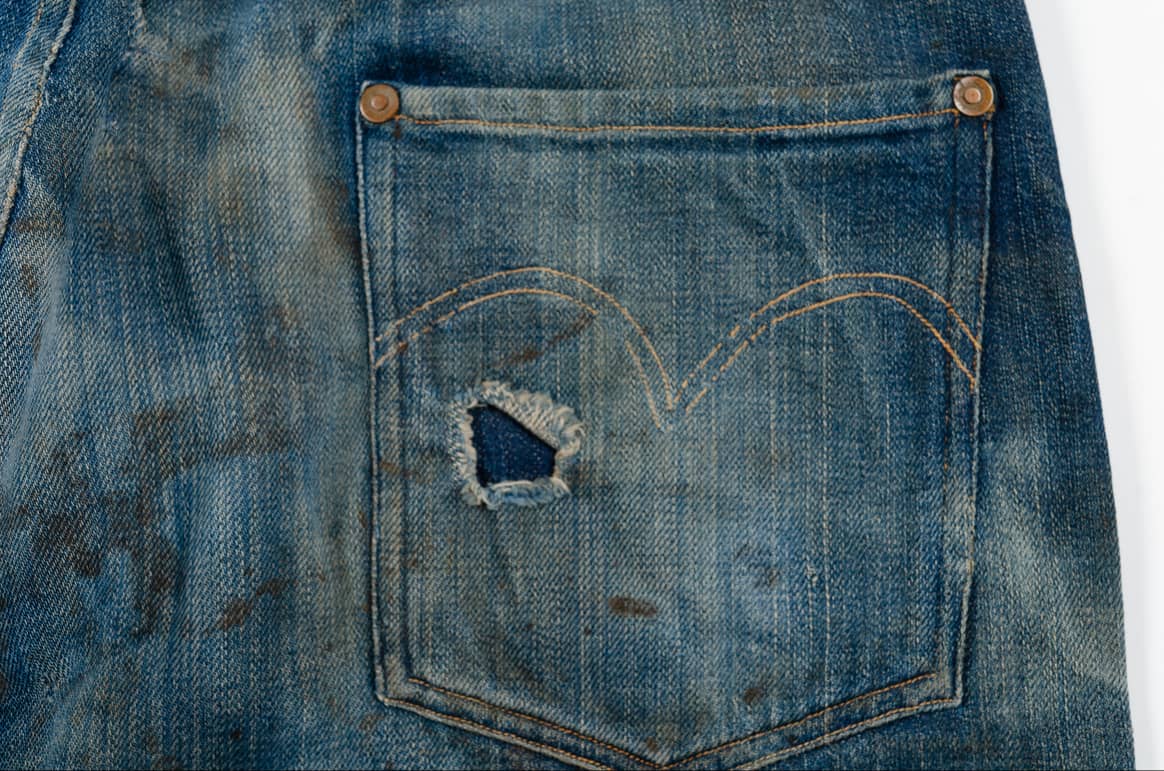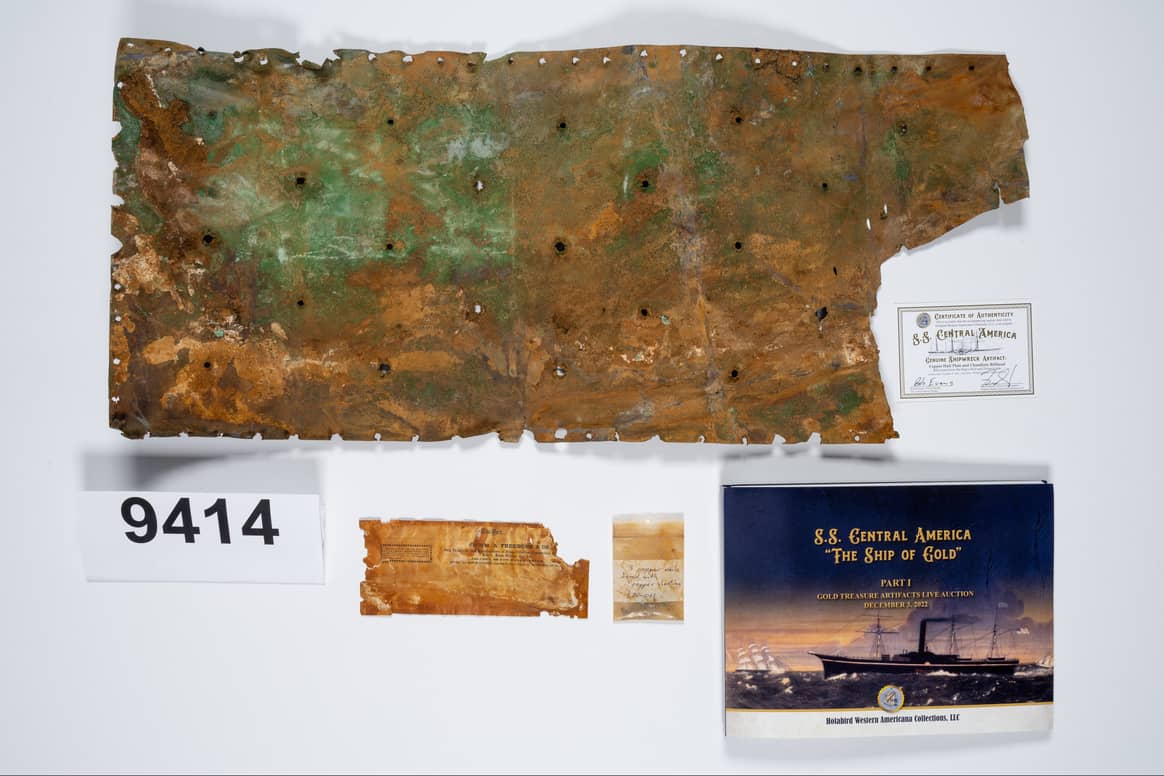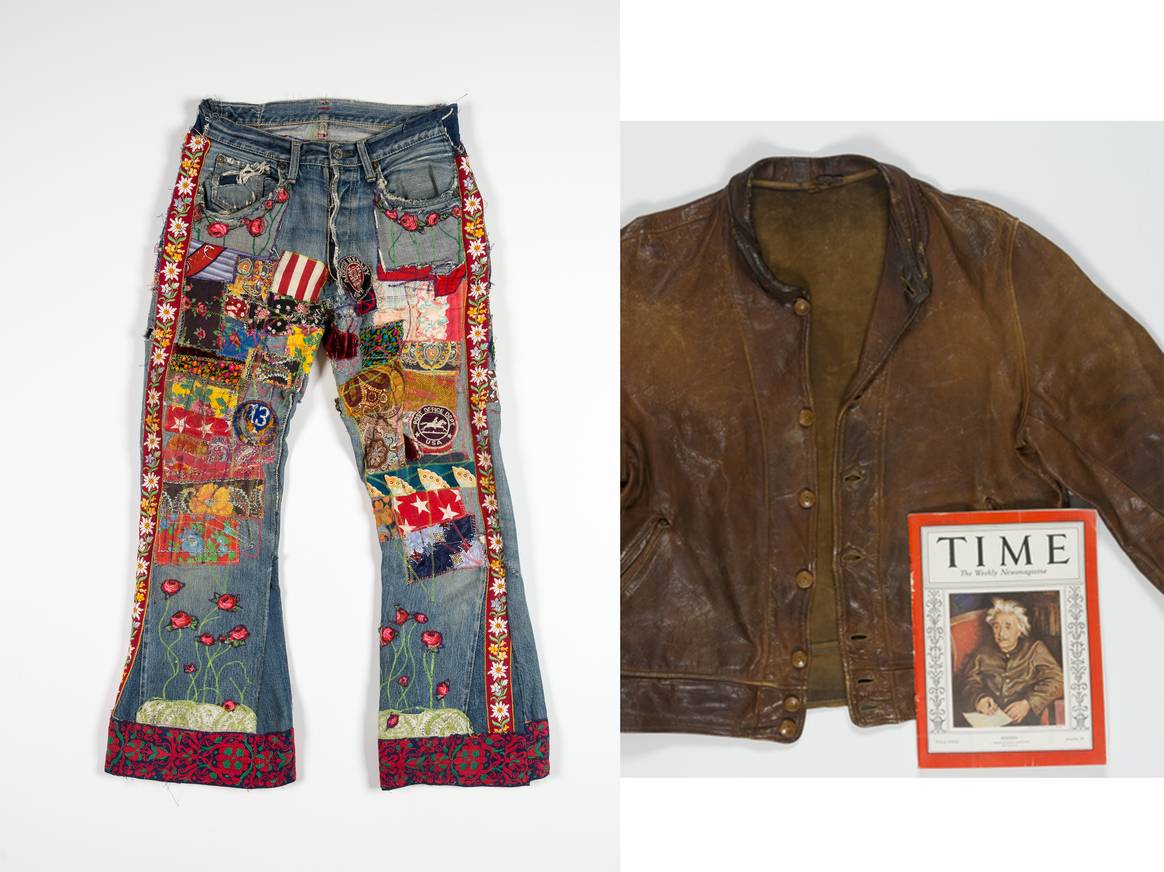May 20 is an important day for denim historians. On this day in 1873 Levi Strauss and a tailor named Jacob Davis from Nevada received the US patent for adding rivets to the pockets of workwear pants, creating a landmark design innovation. The day is referred to as the birth of the modern blue jean or 501 Day within Levi’s World. It is also the day FashionUnited interviewed Tracey Panek who has been Levi’s historian for the past ten years. From her desk in the company’s San Francisco headquarters, surrounded by brand memorabilia such as a doll wearing the 1980 Lake Placid Olympics uniform which Levi’s supplied for the US team, she discusses her career, and the roles of historian and director of the archives within the heritage denim brand.
How did your professional path lead to this role in Levi’s?
I have a degree in history and I also did graduate internships in archival management to gain professional training. When I was thinking about what I wanted to do, I knew I wanted to get involved in business or corporate history. It’s a very different kind of challenge for a historian to try to apply history and make it relevant to a current business today.
What does a typical day look like in the role of Levi’s historian?
There’s never usually a typical day which is part of what I enjoy about it. We’re a small team, it’s myself and an archivist who works with me in the management of the collection which contains everything from the the oldest pair of 501s ever sold that we keep in a fireproof safe. In the physical facility we make sure there’s constant monitored temperature, and don’t have to worry about pests, things like that. If we have new pieces to the collection that need to be washed for their preservation we do that, just the day-to-day kind of thing. Along with that, I respond to requests that come in internally from executives or employees asking about the timeline of a past launch or maybe they want to come in and see things. For instance, this week, I’ve got the women’s design team coming in to look at some 501s and some lady Levi’s which were the first women’s blue jeans that we introduced in the 1930s. And then I also answer questions from fans and consumers outside of the brand. So just before this meeting, I was answering someone in Germany who asked about when we first started creating felled seams on our products. It could be working on exhibitions as well, looking for items that we want to add to the collection. We’ve got a couple of auctions I’m looking at right now. That’s a little bit of a glimpse into my day.
Is it common for fashion historians to be working within heritage brands?
There is a small group of us and, as professionals, we do get together. I was in Milan for an exhibition and met with colleagues, one who came from MaxMara that has an archive, another from Martini. There are folks in the States like my colleague who handles the archives at Tiffany & Co in New York. And there are other brands that do, but not a huge amount, and that’s the reason we all know each other because we do similar work, we benchmark, we share practices with one another.
How important is the vintage archive to the design and development of modern Levi’s?
It’s super important. In fact, the people that I work with most are going to be the designers. The collection is a source of inspiration and they always start with the Levis aesthetic when they’re working on a project and a Levi’s reference. It can be a fit, it can be the tone or finish, it might be the stitch on the back pocket or a particular label, all of these details can be inspiration for new pieces, and even non-garment pieces from the archives like our advertisements can inspire a graphic T. The archives are especially important for creating new products.

And with the rise of AI, interest in artisanal craft, and fast fashion backlash, does the studying of vintage take on even more importance?
Absolutely. One detail about some of our earliest pieces that I love is from World War II when we really started to come up with uniform ways of making our products. We have this stitch on the back pockets of our jeans. We call it the Arcuate – it looks like two little arches. In the 1870s when we were first making these, there was no pattern for it. But we have used this design from the beginning, and if I lay out all our pre-World War II Levi’s 501s each of the Arcuates is a little different. It might be higher or lower on the pocket, it might be fatter or thinner. Maybe it’s a little wonky, but that uniqueness, an expression of whatever was happening with the sewing machine operator that day, is evident. That’s the kind of thing I love about our vintage pieces.
Are there any production or manufacturing techniques that have remained the same all these years later?
Our most iconic products haven’t changed a whole lot. You can look at a 501 from 1890 – in fact, we have one on display in our museum in San Francisco and I’ll often start a tour there with folks that come in. I’ll ask them what they think about the 19th century pair of Levi’s, and the most common response I get is, “Well, they look pretty much like you could wear them today,” and I think that’s behind the remarkable staying power of our products. Some of the important features that remain today are the button fly, the back patch, the rivets, of course, which were that tiny but important innovation that led to the creation of the modern blue jeans, the Arcuate on the back pocket, and the denim. Those elements plus that straight fit are the things that remain consistent and haven’t changed.

What is the most surprising or quirky item in the archive?
We have 1000s of garments, that’s the primary item, but we also have advertisements, photographs, company catalogs, and also some unexpected things. We have two Levi’s branded cars, a Levi’s Jeep and an AMC Gremlin from the 1970s that has a little orange tab on the seats. Those are pretty unusual. And several years ago we also acquired at auction a piece of copper, it’s a whole plate from the front of a ship. The name of the ship was the SS Central America, and it sank off the coast of the Carolinas in 1857 on its way up to New York, and Levi and a number of other very successful early merchants during the gold rush were sending their gold to New York when it sank. It sat on the ocean floor till about the 80s or the 90s when some folks got together and created a little submarine called Nemo and were able to bring the gold up. It was auctioned off. We don’t have any of the gold unfortunately. But two years ago a couple of the pieces from the ship went on sale and we bought that copper plate which we keep on top of our fireproof safe in a lovely case as a reminder of both the little copper rivets that we used in our first products, and also as a great example of the resilience of Levi himself who, four years after starting his business, lost about 80,000 dollars in gold, and yet recovered. It’s an unexpected but important piece for us.
Do you loan garments and how do you select the placement of archive pieces?
Of course, but it’s on a case by case basis. We had our first major exhibition outside of the United States in Milan in April for Design Week. It was called “Icons, Innovations & Firsts — Stories of Heritage and Progress From the Levi’s® Archives” and we sent about 31 pieces. On display were some of our oldest women’s and men’s 501s. We sent an 1830s leather jacket worn by Albert Einstein when he was becoming a naturalized American citizen; hippie jeans and some current pieces. We’ve done some designer collaborations, for instance, in Italy with Valentino and Miu Miu. We love sharing our pieces. We have a small museum at our headquarters but you have to come to San Francisco to see it, so when we can we try to share our things. If people are telling the history of fashion or if we can in some way support stories that are connected to our brand then we love doing it.

What advice would you give to graduates who would like to become a brand historian?
We’ve had interns work with us for the summer or short periods and they have come from various backgrounds. You don’t always have to have a degree in fashion history or fashion design. We want people who love the brand, people who have a passion for what we’re doing. I didn’t study fashion in my undergrad but I grew up wearing Levi’s and loved the brand and you can learn while you work. So what I would say is, if you can get an internship to gain experience at Levi’s or another similar brand that would be a great place to start.







